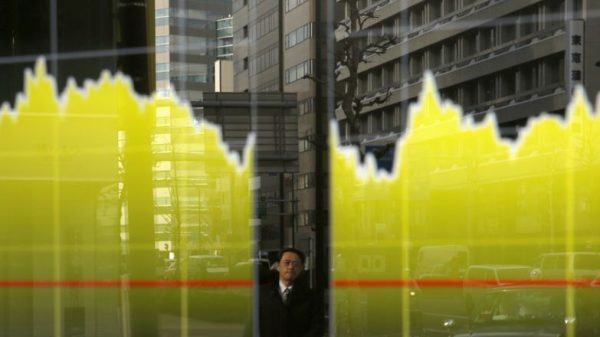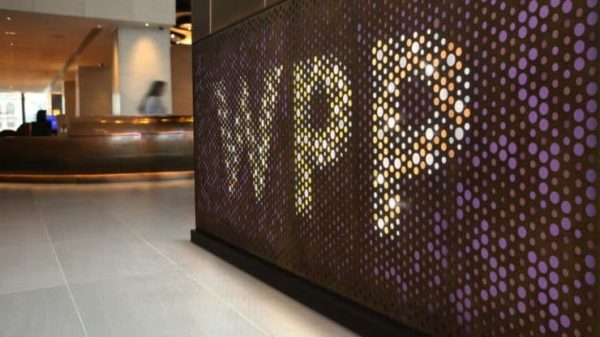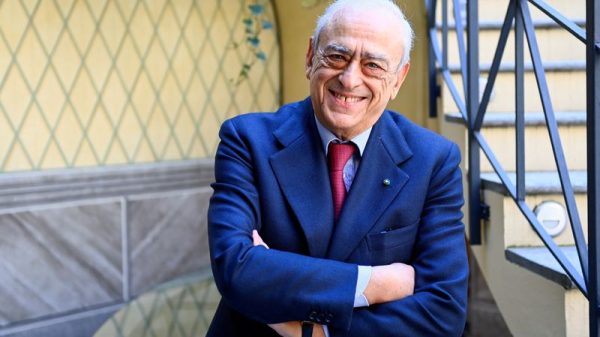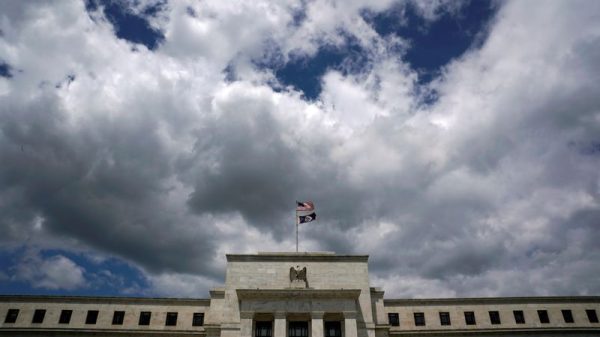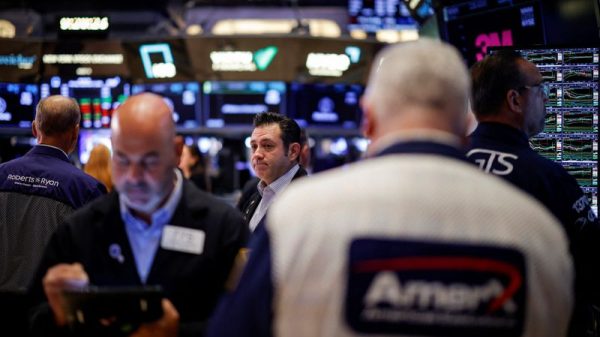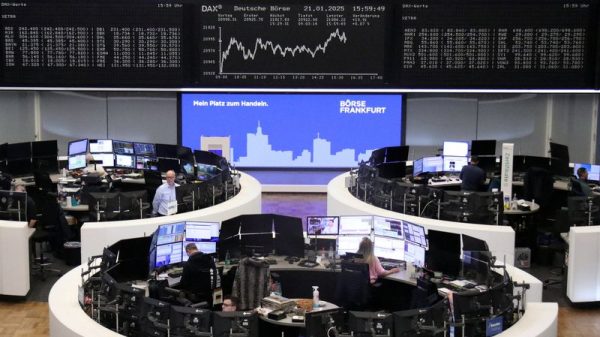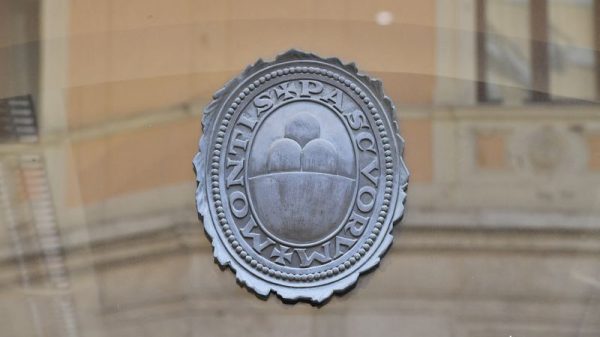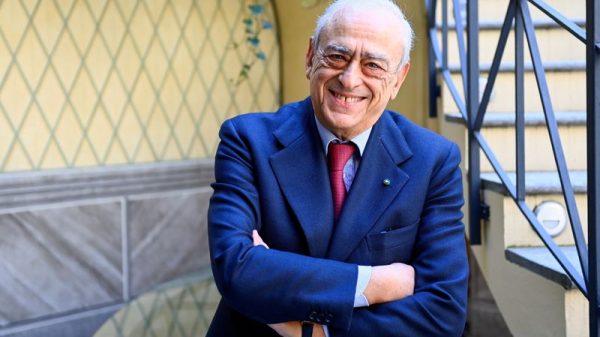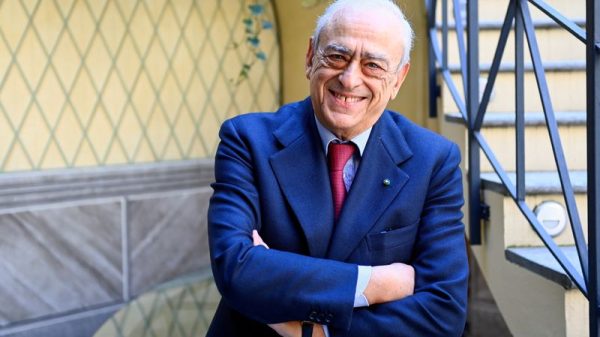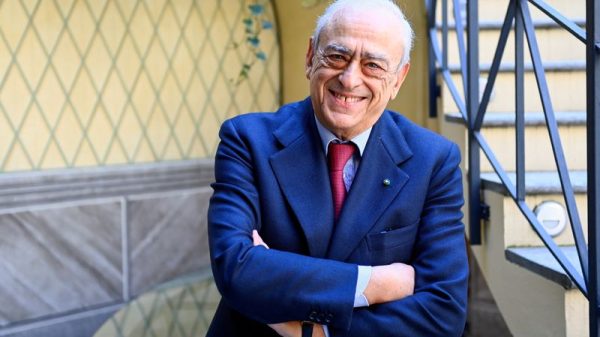China’s central bank left its benchmark lending rates unchanged on Monday, opting for stability as the country contends with a cooling economy and faltering consumer sentiment.
The People’s Bank of China (PBOC) maintained the 1-year loan prime rate (LPR) at 3.0% and the 5-year LPR at 3.5%.
The LPRs, which serve as key reference rates for loans, are set monthly based on submissions from a panel of commercial banks and reflect the cost of funding for the broader economy.
The 1-year LPR primarily affects corporate and short-term household loans, while the 5-year rate acts as the benchmark for mortgages.
Growth momentum slows
The PBOC’s decision came shortly after the release of second-quarter GDP data that showed the Chinese economy grew 5.2% year over year, slightly below the 5.4% recorded in the first quarter.
Still, the latest reading exceeded the 5.1% median estimate from economists polled by Reuters.
Consumer spending, however, showed signs of fatigue.
Retail sales in June grew 4.8% from a year earlier, down from May’s 6.4% increase and missing the 5.4% forecast from Reuters-surveyed economists.
Meanwhile, persistent deflationary pressures intensified calls for further monetary easing.
China’s producer prices fell at their fastest pace in nearly two years in June, reflecting weak domestic demand and continued uncertainty from global trade tensions.
The offshore yuan was little changed following the rate announcement, trading at 7.179 per US dollar.
Nomura warns of ‘demand cliff’
Despite the resilience in headline growth numbers, analysts at Nomura cautioned that underlying economic conditions may deteriorate in the second half of the year.
In a note dated July 9, the firm said fundamentals “could worsen visibly,” citing weakening demand, pressure on asset prices, and the likelihood of falling market interest rates.
Nomura added that Beijing may be forced to unveil a new round of stimulus measures as early as the second half of 2025.
“Amid these negative drivers, the fiscal situation across most cities could deteriorate further. We expect GDP growth to drop to 4.0% y-o-y in H2 from around 5.1% in H1,” Nomura added.
While the PBOC has taken a cautious approach so far in 2025, expectations are building for more targeted support measures in the coming months.
Investors and economists are watching closely for signals of increased fiscal or monetary easing as policymakers seek to stabilise growth amid rising global and domestic challenges.
For now, the central bank appears to be walking a fine line, aiming to preserve monetary policy headroom while waiting for a clearer deterioration in activity before acting decisively.
Attention is now turning to the upcoming Politburo meeting later this month, where policymakers are expected to outline the country’s economic strategy for the remainder of the year.
The meeting could set the tone for further stimulus measures to support growth.
The post China holds key lending rates steady in line with expectations appeared first on Invezz

